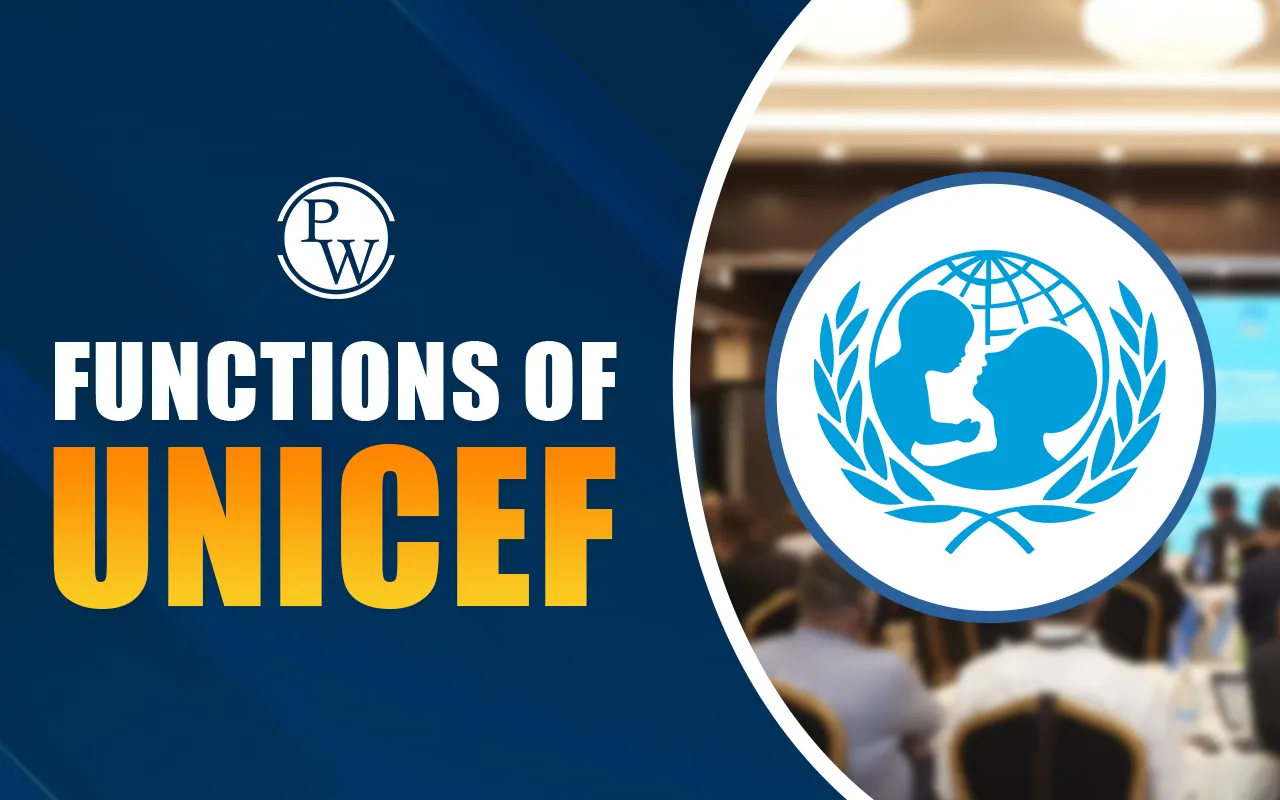

Beti Bachao Beti Padhao (BBBP) Yojana is a flagship initiative of the Government of India aimed at addressing the declining Child Sex Ratio (CSR) and related issues of women empowerment across the country. Launched in 2015, the scheme emphasizes protecting and educating the girl child.
The primary goal of this scheme is to challenge the societal mindset that often undervalues the girl child and to promote gender equality.
Beti Bachao Beti Padhao Yojana
The Beti Bachao Beti Padhao Yojana translates to "Save the Girl Child, Educate the Girl Child". It is a tri-ministerial effort involving the Ministry of Women and Child Development, the Ministry of Health & Family Welfare, and the Ministry of Human Resource Development.
The scheme initially focused on 100 districts with low Child Sex Ratio and was later expanded to cover all districts in India.
Key Features
The BBBP scheme focuses on three main action points:
-
Preventing Gender-Biased Sex Selection: This is achieved through strict enforcement of the Pre-Conception and Pre-Natal Diagnostic Techniques (PC&PNDT) Act.
-
Ensuring Survival and Protection of the Girl Child: This involves promoting a safe and secure environment for girls.
-
Ensuring Education and Participation of the Girl Child: This focuses on promoting school enrollment and providing a conducive educational environment.
Objectives of the Beti Bachao Beti Padhao Yojana
The core objectives of the scheme are fundamental to achieving long-term gender equality and development in India.
-
Preventing Gender-Biased Sex Selection (GBSS): To tackle the issue of sex-selective abortion and to ensure that every girl child is born and protected.
-
Ensuring Survival and Protection of the Girl Child: To promote a secure and healthy environment from birth to adulthood.
-
Ensuring Education and Participation of the Girl Child: To increase the enrollment of girls in schools and reduce dropout rates, ensuring they have access to quality education.
-
Challenging Mindsets and Creating Awareness: To promote a positive change in societal attitude towards the girl child and women.
Need for the Beti Bachao Beti Padhao Yojana
The initiation of the BBBP scheme was a response to several alarming demographic and social trends in India:
-
Declining Child Sex Ratio (CSR): The CSR, defined as the number of girls per 1,000 boys in the 0-6 age group, had been declining significantly over the decades. This alarming trend highlighted deep-rooted issues of gender discrimination and female foeticide.
-
Gender Discrimination: The pervasive preference for a male child in many parts of the country led to issues like neglect of the girl child, early marriage, and low educational attainment.
-
Low Female Literacy Rates: Despite various efforts, female literacy and participation in the education system remained a concern in several regions.
Impact and Achievements of the Beti Bachao Beti Padhao Yojana
Since its inception, the BBBP Yojana has demonstrated significant progress in several areas.
-
Improvement in Sex Ratio at Birth (SRB): Data from the Health Management Information System (HMIS) has shown an upward trend in SRB in many districts where the scheme was implemented.
-
Increased Awareness: The focused advocacy campaigns have successfully generated widespread public awareness about the issue of the declining CSR and the importance of the girl child.
-
Enhanced Enrollment: The scheme has contributed to an increase in the gross enrollment ratio of girls in secondary education.
Components of the BBBP Scheme
The scheme is implemented through a combination of two main components:
-
Mass Communication and Social Mobilization Campaign: This is the awareness generation and advocacy part of the scheme, focused on changing societal mindsets.
-
Multisectoral Intervention: This component focuses on providing on-the-ground support and enforcement through collaboration between the three implementing Ministries.
Challenges to the Beti Bachao Beti Padhao Scheme
Despite the positive impact, the scheme faces certain challenges:
-
Underutilization of Funds: There have been reports indicating that a substantial portion of the funds allocated for the scheme remains unspent or is primarily used for media advocacy rather than on-the-ground, multisectoral interventions.
-
Focus on Advocacy: Critics argue that the scheme is overly focused on advertisement and awareness campaigns which, while important, may not be sufficient to tackle deeply entrenched social issues without strong local enforcement and intervention.
-
Lack of Strong Intersectoral Coordination: Effective implementation requires seamless coordination between the three concerned ministries and state governments, which can sometimes be a challenge.
Beti Bachao Beti Padhao Yojana FAQs
When was the Beti Bachao Beti Padhao scheme launched?
Which ministry runs the scheme?
Who are the beneficiaries?
How does the scheme promote education?
Is the scheme implemented nationwide?








